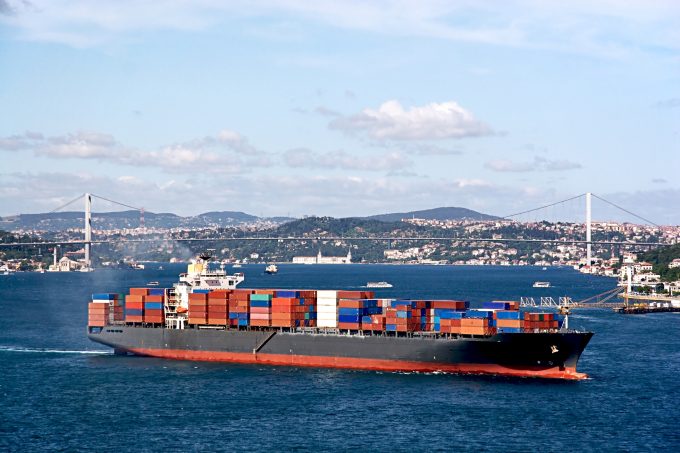Box ship diversions due to Red Sea crisis having dramatic impact on emissions
The Saudi Arabian hub port of Jeddah is reporting a two-thirds drop in calls from ...

The recent increase in Asia-Mediterranean container spot rates “shouldn’t be mistaken as a sign of permanent recovery”.
Consultant Drewry suggests there is weakness in the east-Med region of the tradelane.
Last week’s Shanghai Containerized Freight Index (SCFI) recorded a spot rate of $1,028 per teu for Mediterranean ports. This compares with the reading on 30 September last year of $583 per teu.
Drewry said the steady growth in the more “mature” west-Med economies was in contrast to the weaknesses in the North Africa, and east-Med regions – particularly in Egyptian and Turkish trades.
The consultant expects to see a final growth figure in the Asia-Med westbound trade for 2016 of 2.5%, compared with the previous year. This would result in the tradelane exceeding a yearly total of 5m teu for the first time.
The west-Med market was the main driver of the growth last year, recording a 4.4% increase in the first 11 months, thanks to “solid volume growth” from Italy, Spain and France, noted Drewry.
Despite some political upheaval, which did not appear to have an impact on its consumer spending, Italy posted a 5.6% traffic increase, while France recorded a 3% uplift and Spain 2.9%.
Meanwhile, Turkish imports, which Drewry said accounted for nearly one-third of all Asian imports into the east-Med region, declined by 4.4% in the 11-month period, compared with the previous year.
“This brought an abrupt end to the country’s bull run,” said Drewry – Turkey having seen a 44% spike in container volumes between 2012 and 2015.
But the failed coup in July, a weakened currency and a retreat by investors spooked by political uncertainty halted growth in its tracks and shrank the economy in the third quarter of the year.
Moreover, tourism – a major growth component of Turkey’s success – has been badly dented by a spate of terrorist attacks.
Drewry’s view is that “a downturn in Turkish imports will continue to act as a drag on the trade’s performance in 2017”.
Egypt, where tourism is a major contributor to the health of its economy, also suffered as a result of terrorist attacks. And according to Drewry, the flow of imported consumer goods from Asia slumped by a massive 16.4% in the 11-month period, compared with the previous year.
However, Ukraine was a “shining beacon” in the east-Med/Black Sea region last year, its imports spiking by a third. Nevertheless it has much ground to make up on the lost volumes caused by the 2014 civil unrest and Russian intervention, noted Drewry.
The Asia- Med trade remains overtonnaged, with utilisation levels “hovering around the 80% mark since March”, said Drewry, adding that the new alliance schedules “do nothing to address this issue”.
Drewry concluded: “It is encouraging to see growth returning to some of the big Mediterranean markets, but the 2017 demand outlook will be tempered by weakness in places such as Turkey and Egypt. More big ships entering the trade will also serve to suppress freight rates.”
Comment on this article